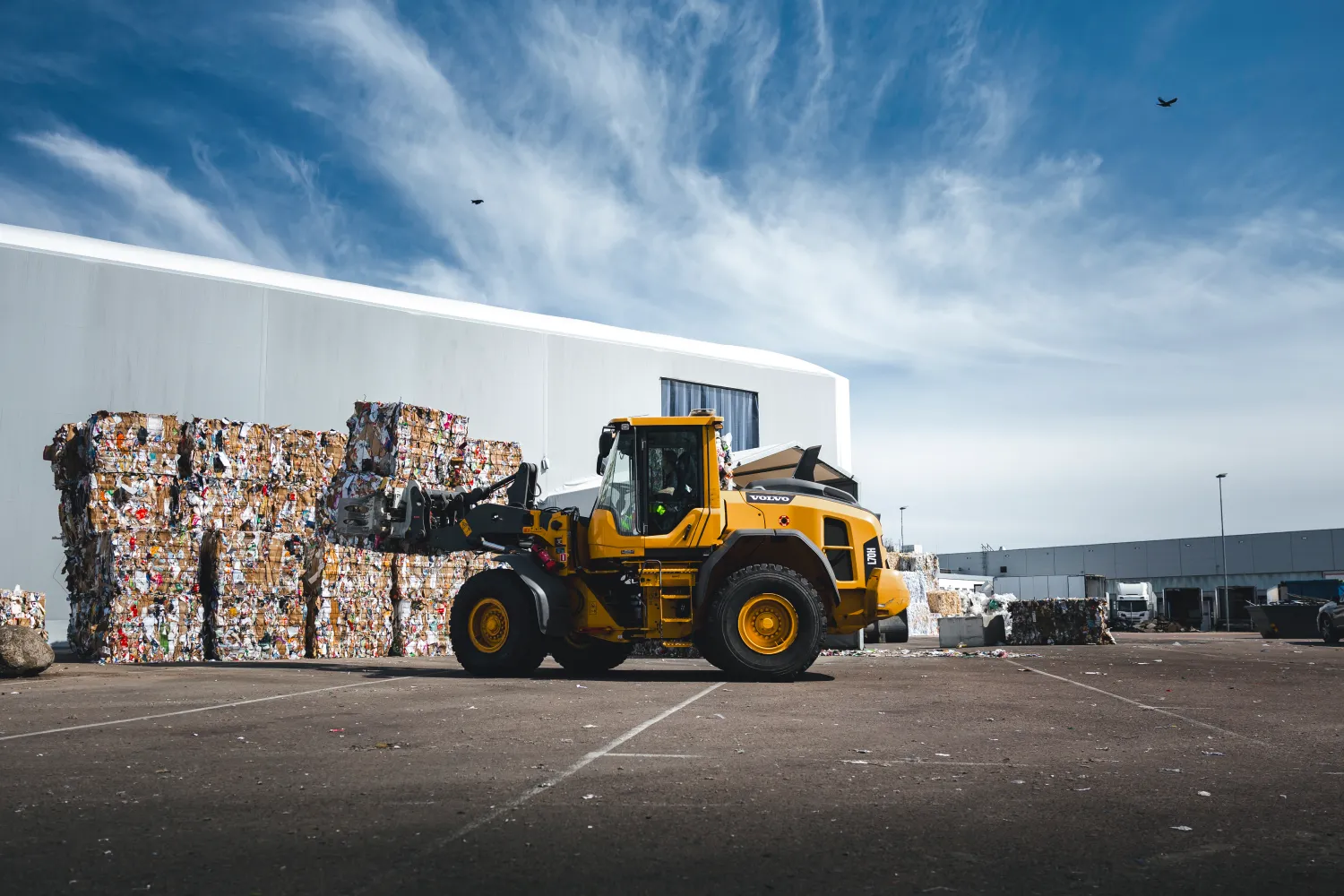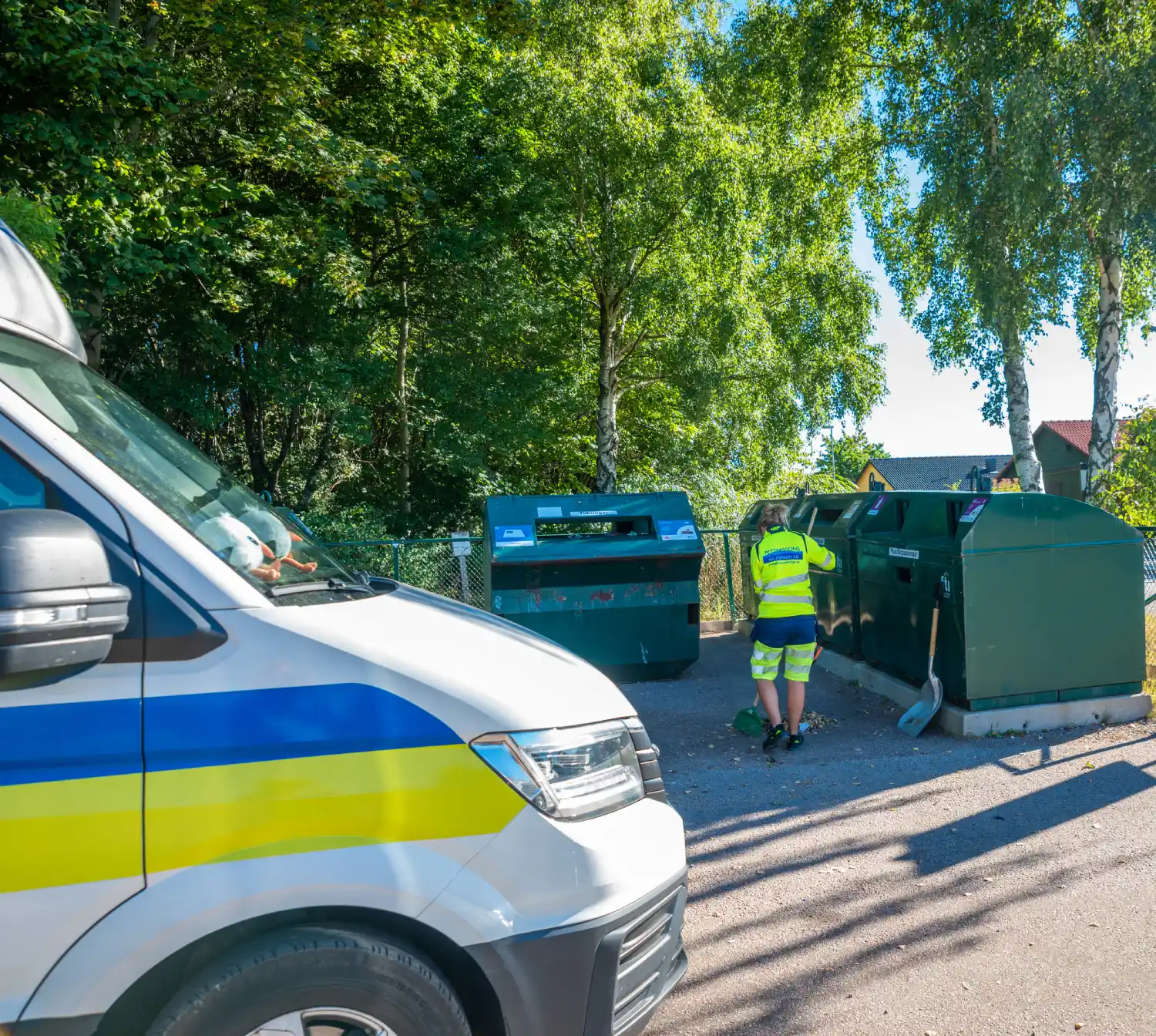Insights IntoPetterssonsMiljö’s Recycling and Waste Management Strategy
Insights IntoPetterssonsMiljö’s Recycling and Waste Management Strategy
Blog Article
Recycling in a world filled with diverse appearance materials creates equally possibilities and challenges. Today, consumers and companies equally need more sustainable techniques while governments gradually apply stricter regulations for waste management. But, the difficulty of managing varied appearance products suggests approaching special recycling demands for every type. This short article requires a closer look at the recent tendencies, problems, and answers in creating successful Recycling (Återvinning) systems for diverse packaging materials.
The Complexity of Various Appearance Components
Packaging materials have come a long way from easy cardboard boxes. Today, they contain pockets, glass, steel, paperboard, and multi-layered composites, among others. Each kind comes using its distinctive pair of recycling requirements. For example:
Plastic: While plastic is light and sturdy, their various types (like PET, HDPE, LDPE, and PVC) usually need split series and handling methods. Mismanagement can result in contamination and inefficiencies in recycling streams.

Material: Metal and tin beers remain very recyclable, however, not without correct organizing to avoid contamination with non-recyclable metallic items.
Glass: Recycling glass requirements segregation by shade and specific services to avoid dangers like fragmentation or contamination with ceramics.
Paperboard: Solid, lined paperboard appearance is recyclable oftentimes, but the major utilization of adhesives or laminates may prevent the process.
Multi-layer Packaging: This class creates the most significant problem as it frequently includes products difficult to separate, such as for example metal and plastic layers in snack packaging.
With the global economy providing over 350 million a great deal of plastic annually, and presentation accountable for almost 40% of their application, approaching that difficulty is crucial to achieving larger recycling rates.
Obstacles in Tailoring Recycling Programs
One of the biggest issues in recycling programs is contamination, specially when diverse components are removed together. For example, when food deposit clings to recycled parts or damaged glass combinations with paper, the performance of recycling functions lowers significantly. A lack of standardized marking systems also confuses people and effects in improper spend sorting.
Furthermore, fragmented infrastructure plays a role in the issue. Some municipalities lack services to method complex components like multi-layer presentation or particular pockets, creating recycling impractical for these items.
Towards a Circular Economy with Designed Options
Developing an efficient recycling program to take care of diverse appearance materials requires innovation and collaboration. Governments, businesses, and consumers need certainly to perform in alignment:
Government Initiatives: Employing Prolonged Maker Duty (EPR) policies may encourage suppliers to style presentation that is simpler to recycle.

Modern Technologies: Chemical recycling practices, like depolymerization for materials, can break down hard-to-recycle materials for better healing rates.
Customer Training: Promoting clear recycling habits and distinct labeling may significantly minimize contamination in recycling streams.
Investments in modernizing waste administration infrastructure will perform a crucial role, along with ongoing study in to biodegradable and reusable packaging solutions.
A Way Ahead
The range in appearance products can be a problem, but it addittionally gift ideas a way to improve recycling programs and techniques. A combination of technological breakthroughs, regulatory actions, and client consciousness may travel the change to a more sustainable, round economy. Approaching the initial recycling needs of varied components is no further an alternative but a necessity to beat reference depletion and protect the planet. By tackling these difficulties logically, international communities may ensure long-term environmental viability.
Report this page